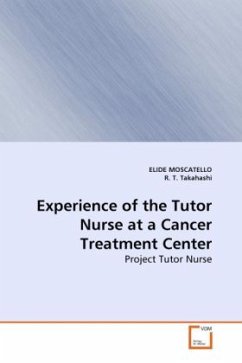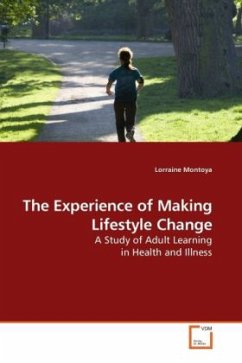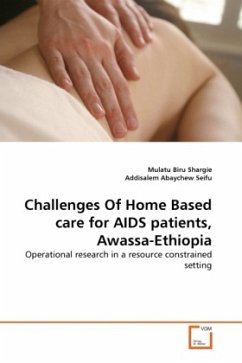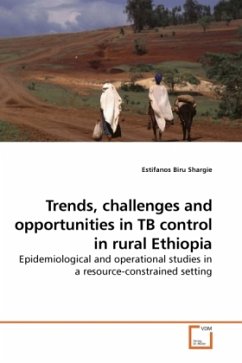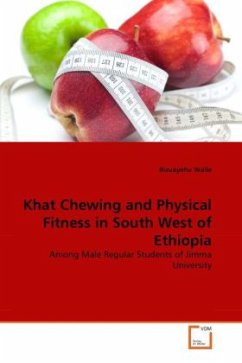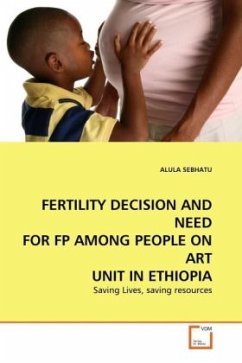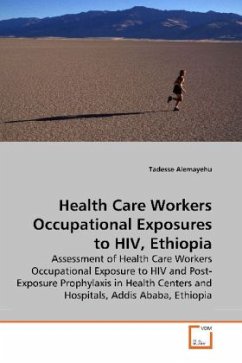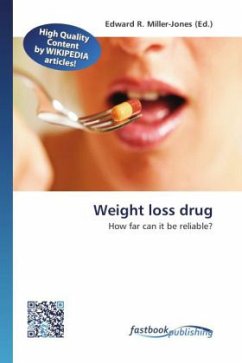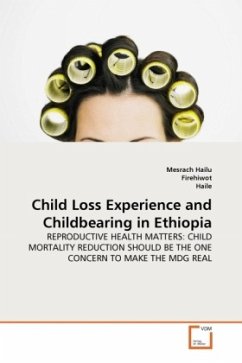
Child Loss Experience and Childbearing in Ethiopia
REPRODUCTIVE HEALTH MATTERS: CHILD MORTALITY REDUCTION SHOULD BE THE ONE CONCERN TO MAKE THE MDG REAL
Versandkostenfrei!
Versandfertig in 6-10 Tagen
32,99 €
inkl. MwSt.

PAYBACK Punkte
16 °P sammeln!
Background: The experience of child loss and childbearing are the most important areas of population research. There are three characteristics showing how child mortality possibly affects the fertility of mothers. These are replacement effect, insurance effect and physiological effect (2). Objective: To examine the effect of child mortality experience on level of fertility or life time pregnancy. Methodology: Data for ever married females of reproductive age with at least one childbearing experience were used from EDHS 2005. stratification was by place of residence. Implemented Binary logistic...
Background: The experience of child loss and childbearing are the most important areas of population research. There are three characteristics showing how child mortality possibly affects the fertility of mothers. These are replacement effect, insurance effect and physiological effect (2). Objective: To examine the effect of child mortality experience on level of fertility or life time pregnancy. Methodology: Data for ever married females of reproductive age with at least one childbearing experience were used from EDHS 2005. stratification was by place of residence. Implemented Binary logistic and Poisson regression. Result: A unit increase in level of child mortality increases on average to more than 20 percent of mothers with high level of fertility (more than 7CEB). From this we might guess that an increase in the level of mortality has its own impact on increasing the level of fertility and life time pregnancy. But these tables cannot show the direction of leading factor to influence one another. Conclusion: Child mortality aggravate burden on mothers by increasing their life time pregnancy to replace their lost child.



